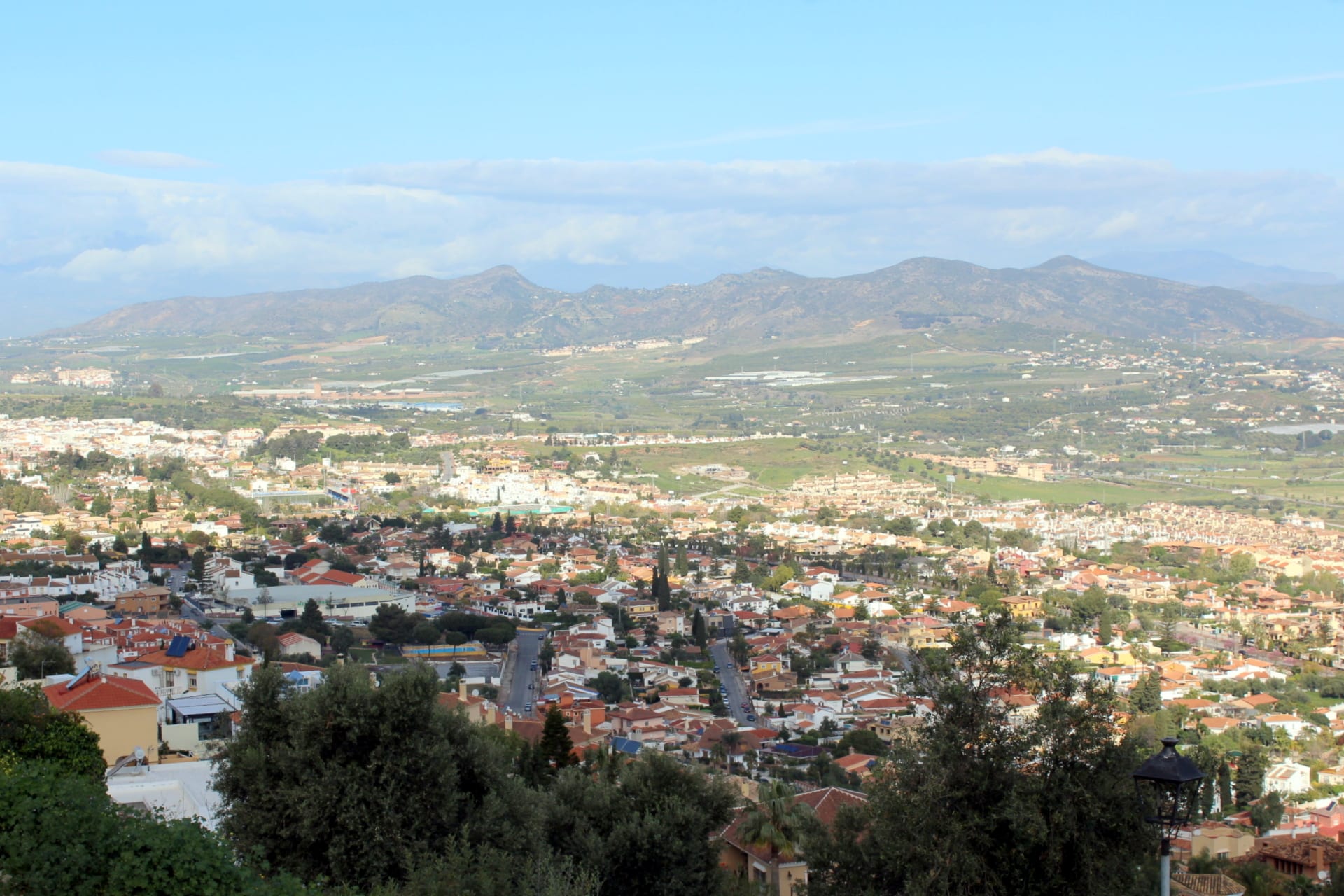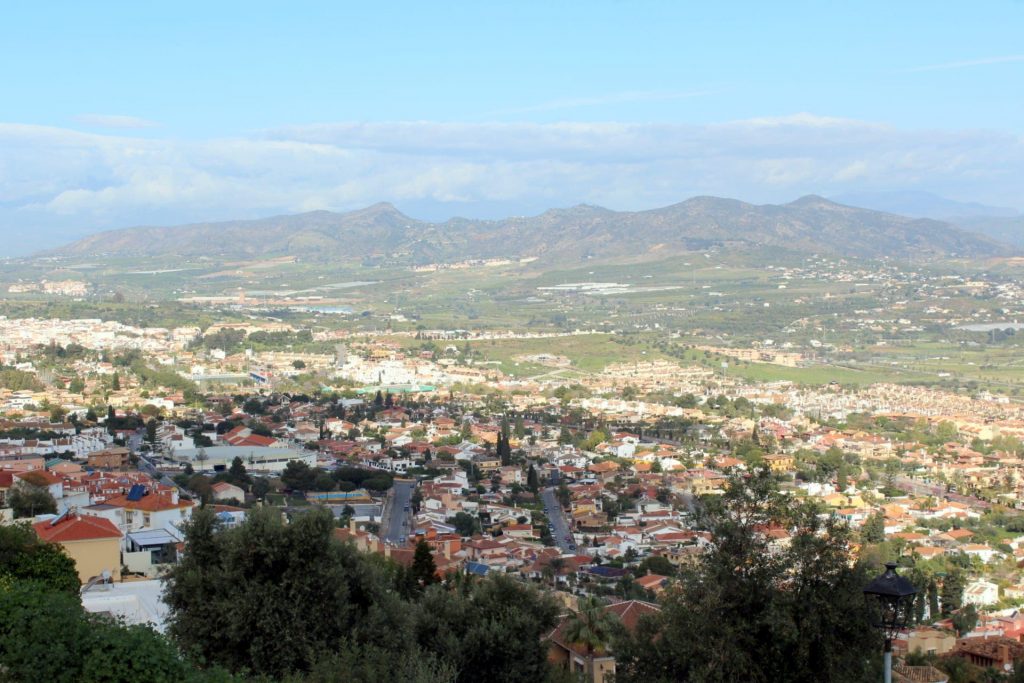
AN excavation has uncovered what could be the oldest open-air site of the late Neolithic in the Bay of Malaga.
As reported by the city council of Alhaurin de la Torre, an archaeological intervention in this municipality has made it possible to recover numerous pieces of what was a silo of the late Neolithic period, about 5,000 years ago.
Fragments of pottery, flint, polished pieces, bones, seashells and a sacred stone (Baetylus) have been found and documented in a silo in the area of Los Caracolillos.
The fragments were presented this Thursday, September 29, by the mayor of Alhaurin de la Torre, Joaquin Villanova, together with the person in charge of the excavation, archaeologist and historian, José Antonio Santamaria.
The finding, located in the area of Los Caracolillos in a privileged enclave, with excellent views of the Bay of Malaga and the valley, have been documented in an article published in a specialised archaeological journal.
The excavation has uncovered a substructure in the form of a pit, 60 centimetres deep and approximately one meter wide, where more than a thousand ceramic fragments have been discovered, as well as some flint blades, polished pieces, two hand mills, bone remains and seeds.
It is believed that those semi-nomadic dwellers used these structures to leave belongings or remains that they could not carry with them when they moved their settlements to other places; a burial that would have a symbolic or ceremonial character but that in practice produced these waste silos or dumps, which, now serve to study the Neolithic period.
For example, the seeds that have been found could shed light on the diet and way of life of the inhabitants of that time.
The recovered pieces will now be homed in the Archaeological Museum of Malaga, although the City Council of Alhaurin de la Torre is pushing to have them exhibited, so that they can be seen by residents of Alhaurin de la Torre.
Additionally, the sediments and soil accumulated in the substructure will be sent to the University of Malaga for analysis, where it’s expected that a radiocarbon test will be carried out on some of the organic remains for their correct dating.
The Late Neolithic, also known as the Ceramic Neolithic or Pottery Neolithic, is the final part of the Neolithic period, and is when first experiments with pottery began.
READ MORE:

